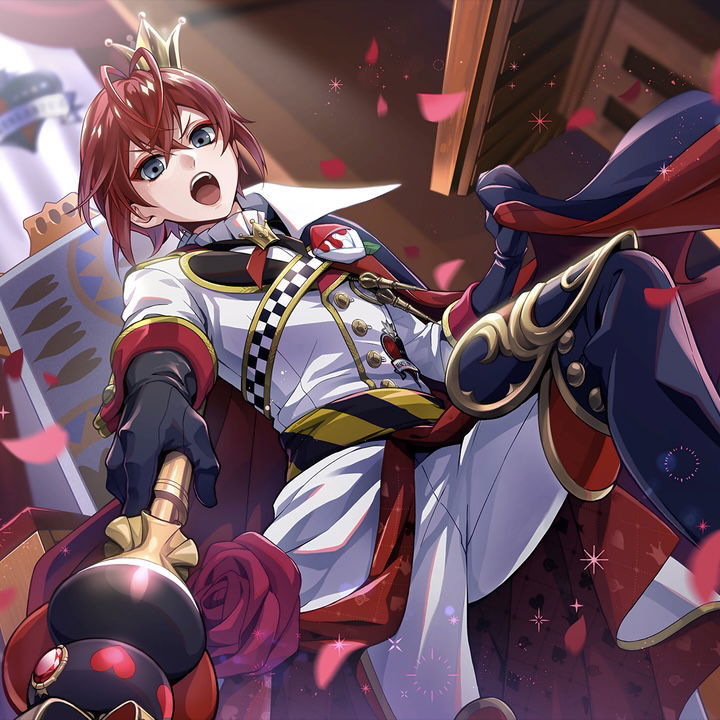Now, let's delve into some of the most common and iconic anime character male hair styles and how to approach drawing them.
The Spiky Style
This is perhaps the most quintessential anime male hairstyle. It's versatile, conveying everything from youthful energy to fierce determination.
- Key Features: Sharp, angular points that stand upwards or outwards. Often asymmetrical.
- Drawing Tips:
- Start with the overall shape and volume. Imagine the hair as a crown of sharp, upward-pointing masses.
- Define the main clumps first, focusing on their direction and angle.
- Add smaller, sharper spikes emanating from the larger masses.
- Use strong highlights to emphasize the sharp edges and create a sense of dynamism.
- Consider the character's personality. Are the spikes wild and unruly, or sharp and controlled? This will influence the angles and overall composition.
- Variations:
- Short & Messy: Shorter spikes with a more chaotic arrangement.
- Long & Flowing Spikes: Longer sections that still maintain a spiky, pointed silhouette.
- Mohawk-esque: A central ridge of prominent spikes.
The Tousled/Messy Style
This style suggests a relaxed, perhaps slightly unkempt, but often charming personality. It's less about sharp angles and more about natural-looking disarray.
- Key Features: Soft, rounded clumps with a sense of natural movement and slight disorganization.
- Drawing Tips:
- Focus on creating soft, undulating shapes for the hair clumps.
- Allow some strands or smaller clumps to fall across the forehead or face, adding to the casual feel.
- Highlights should be softer and more blended than in spiky styles.
- Think about the character's typical expression and how their hair might naturally fall.
- Variations:
- Bedhead: As if the character just woke up.
- Windblown: Hair with a gentle, natural sway.
- Slightly Longer: Medium-length hair that falls naturally around the face and shoulders.
The Neat & Tidy Style
This style often signifies discipline, intelligence, or a more mature, sophisticated character.
- Key Features: Smooth, well-defined sections of hair, often with a clear parting and a clean silhouette.
- Drawing Tips:
- Establish a clear parting line.
- Render the hair in larger, smoother clumps with less internal detail.
- Highlights should be clean and well-defined, emphasizing the smooth surfaces.
- Ensure the overall shape is balanced and symmetrical, unless asymmetry is intentionally used to break the monotony.
- Variations:
- Combed Back: Hair swept away from the face.
- Side Part: A classic, clean look.
- Slicked Back: Hair held in place with product, creating a very smooth, almost wet appearance.
The Long Hair Style
Long hair on male characters can convey a range of personalities, from gentle and artistic to powerful and imposing.
- Key Features: Extended lengths, often flowing or tied back. Can be straight, wavy, or curly.
- Drawing Tips:
- Consider the weight of the hair. Long hair has more mass and will hang differently.
- Break the hair down into large sections or "ropes" to manage the drawing process.
- Use flowing lines to indicate the direction and movement of the hair.
- Pay attention to how the hair drapes over the shoulders and back.
- Add subtle waves or curls if appropriate for the style.
- Variations:
- Ponytail/Bun: Hair gathered and tied back.
- Braids: Intricate woven styles.
- Flowing & Loose: Unbound, often with gentle waves.
The Unique/Unconventional Style
Anime is known for its creativity, and male hairstyles are no exception. These styles often push the boundaries of realism to express unique character traits.
- Key Features: Unusual shapes, gravity-defying elements, vibrant colors, or combinations of different textures.
- Drawing Tips:
- Start with a strong, memorable silhouette. What makes this style stand out?
- Don't be afraid to exaggerate. Anime allows for physics-defying hair!
- Use color effectively. Bold or unusual hair colors can enhance the uniqueness of the style.
- Consider the character's backstory or powers. Does the hair reflect something about them?
- Examples:
- Hair that forms animal shapes.
- Extremely geometric or architectural hairstyles.
- Hair with embedded accessories or glowing elements.

